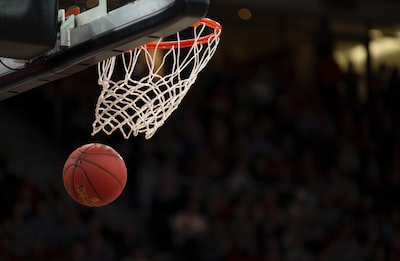Rec Sports
Local fieldhouses look to capitalize on surge in basketball excitement
Pacers mania sweeps across Indiana adds fueling dreams of championship glory on courts big and small. The surge in basketball excitement is timely, as new and expanding local fieldhouses look to capitalize on the sporting fever. The Farmers Bank Fieldhouse in Lebanon is a new 200,000-square-foot sports complex isn’t just a testament to Indiana’s love […]

Pacers mania sweeps across Indiana adds fueling dreams of championship glory on courts big and small.
The surge in basketball excitement is timely, as new and expanding local fieldhouses look to capitalize on the sporting fever.
The Farmers Bank Fieldhouse in Lebanon is a new 200,000-square-foot sports complex isn’t just a testament to Indiana’s love for the game; it’s a promise of economic growth and community engagement. Home to the Lebanon Leprechauns, a professional team in The Basketball League’s Midwest Division (TBL), the Fieldhouse is also designed as a center for youth athletics.
This massive facility isn’t an isolated project. It’s a just of an example of a statewide boom in sports tourism and infrastructure. From Westfield’s sprawling Grand Park to other ambitious developments across Indiana, communities are investing heavily in state-of-the-art complexes. The goal is clear: attract visitors, stimulate local economies, and provide top-tier venues for a growing youth sports scene. These facilities promise not only to host tournaments and draw teams from across the region but also to become integral parts of their local communities.
However, as these gleaming new facilities open their doors, a crucial conversation is emerging about the cost of participation. While the Pacers’ on-court heroics inspire a new generation, families are navigating an increasingly expensive landscape for youth sports. Nationally, the average cost for a child’s primary sport has soared to over $1,000 annually, a figure that can quickly multiply for families with multiple children or those involved in elite travel leagues.
This financial pressure raises a critical question for communities investing millions in these impressive arenas: Will they be accessible to all, or do they risk becoming exclusive domains for those who can afford the rising fees, equipment, and travel costs?
Local leaders across Indiana find themselves in a delicate balancing act. As the state cheers on the Pacers and celebrates, the conversation about affordability and accessibility in youth athletics will only become more vital to the long-term success and inclusivity of these community investments.